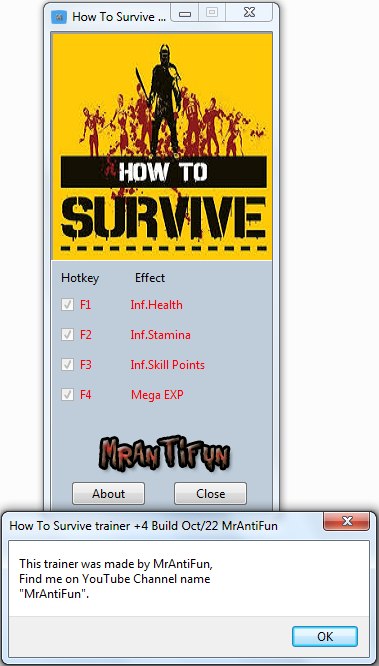

The answer to this depends on where your potential clients can be found.Īre they are on Facebook and if they are then you should be too.ĭo they hang out in local coffee shops, then your posters should be there? If they are on Linked in then you should be as well. Also look at the thing they really want to achieve from training with you. Your best chance of success is to work with clients you understand at a deeper emotional level and know right from the offset that not everyone cares about eating chicken and broccoli and having abs.Īction #3: Describe your ideal client and what motivates them to change. To get clients quickly and easily you’ll need to know what motivates your ideal client and then speak to them on a personal and emotional level.

The out of shape dad for example doesn’t care about his arms, abs or torso he cares about not having a heart attack and missing his kids growing up.ĭifferent people are all motivated by different things. In the example above we talked about how body composition and a healthy lifestyle are important to you, but they are not important to everyone. Next up once you’ve decided on who you are is to find clients that you’ll enjoy working iwth.

I help to experience Who are your clients? You need to know who you are before you can know who your clients are going to be.Īction #2: Create a statement of value that looks like this. Therefore your message will be along the lines of, I’m and I help young professionals to experience the best body shape they can and the most healthy lifestyle possible so they can enjoy all the adventure the world has to offer. Your value are around a healthy lifestyle, body composition and looks. Let’s say you’re a young personal trainer who wants to help his / her mates get in shape. What are your values? Who do you enjoy training and what value can you add to their world. This makes it super easy for people to know if you are right for them or not. The easiest way to get clients is to figure out exactly who you are. Within that note what type of training you’ll be doing, at what price, for how many people and how many hours a week you’ll work. Now tell me that a 16 hour work week and 53k in the bank sounds like a bad deal!Īction #1: Set yourself a financial goal. So you see setting that goal a little lower isn’t actually a bad thing at all. If your goal was say £80,000 then you’d end up with around £53,867.20 left, but look at what that does to your billable hours. That’s a lot of hours to pay the tax collectors.

So the first question is do you really want to aim for 100,000? If you’re in the UK in 2017/2018 then you’ll have roughly £57,279.68 left by the time all that’s paid. Now regardless of which method you choose to raise the money the tax man needs to be paid. Remember though there is a lot more people needed to run this type of training. So you would end up needing to do around 26 sessions per week (or having more people in your boot camp) to get to £100,000. The average is around 15 people per class who generally pay around £5 each session. Bootcamp / Large Group Trainingįinally let’s look at classes / boot camp style training. Still you could comfortably work a 40 hour week and get everything done and earn that illustrious 6-figure salary. You’ll need more clients though so you might spend a little more time on making sales. That means you’d need to spend around 20 hours per week working directly with clients. Let’s assume you train 4 people together in the same hour and charge slightly less per person, maybe £25 per hour for example. (Which probably means no social life or time to train for you) Semi-Private Training On top of that you’ll have prep work, marketing and sales to be making, so this would push your average weekly working hours to around 60. To get to a the magic 6 figure 100,000 turnover (not profit!) you’ll need to be working with clients for 48 hours a week, assuming you charge the average of around 40 per hour. Let’s focus on 1-1 personal training for a moment. So you can decide what kind of Personal Training set-up you’d like here is some done for you number crunching. From that you’ll need to subtract tax,, and the cost of doing business to get to your profit figure. That’s the total amount of sales you make. The bonus for you is that we’ve already done that thinking for you.Īny money you bring in to your personal training business is known as turnover.


 0 kommentar(er)
0 kommentar(er)
